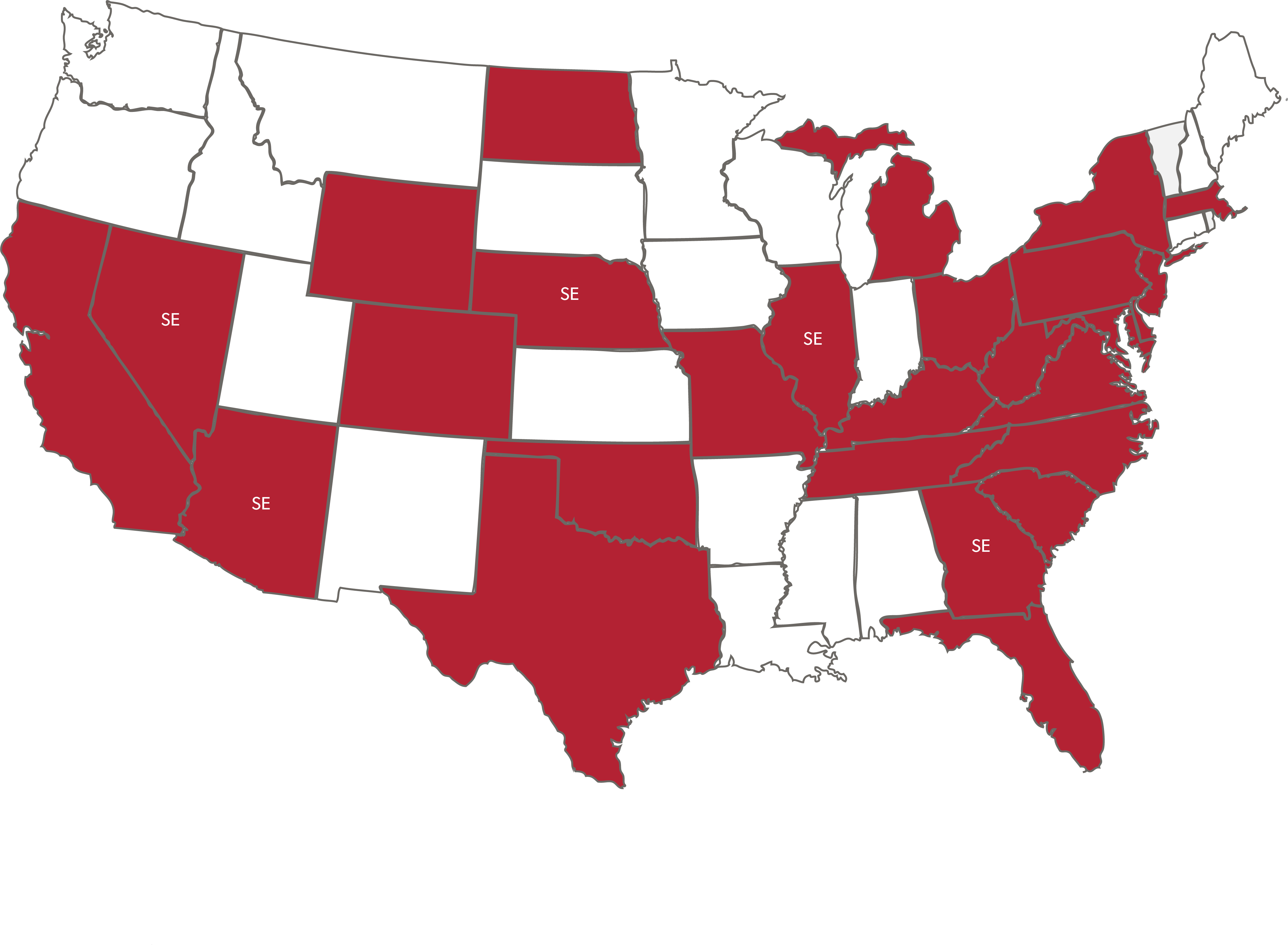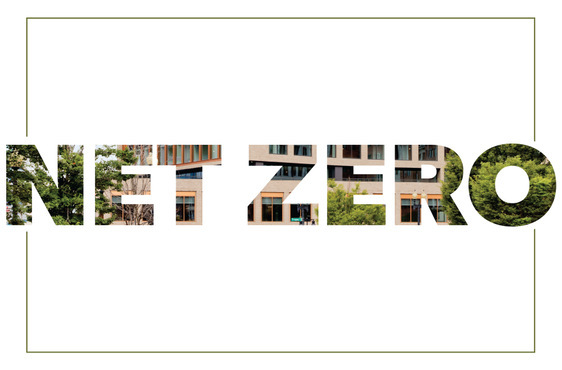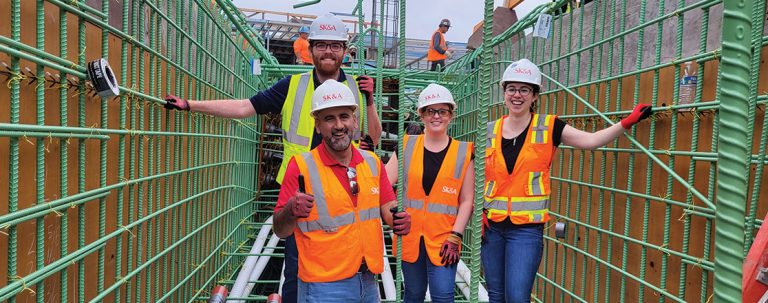About
Structural engineering consulting – from exciting visions to inspired reality
As world-class structural engineering consultants, SK&A is helping our clients and communities create exceptional places to live, work, and play. Applying modern, efficient, and innovative design principles to new and existing buildings, we make exciting design ideas come to life. We take a comprehensive approach to structural engineering, delivering all the services you need to future-proof your building—from structural analysis and building enclosure consulting to waterproofing, testing, and inspection. A proactive partner in environmental stewardship, we support our clients’ sustainable building goals and are signatories of the SE 2050 Challenge, a coordinated industrywide initiative aimed at reducing embodied carbon in the construction industry.
Based in the Washington, DC metro area, we offer the capabilities of a large firm with the personal attention of a small practice. We value our client relationships and understand that responsiveness is a hallmark of superior service. Guiding every project is a team that considers itself as accountable to your project as you are.
We believe high standards of excellence, a strong sense of community, and a deep interest in innovation are the cornerstones of truly creative design. Since our founding in 1960, we’ve lived by these ideals, and they have motivated us to find remarkable solutions to complex engineering challenges. If you are looking for a team committed to producing extraordinary results, SK&A is poised to deliver.











